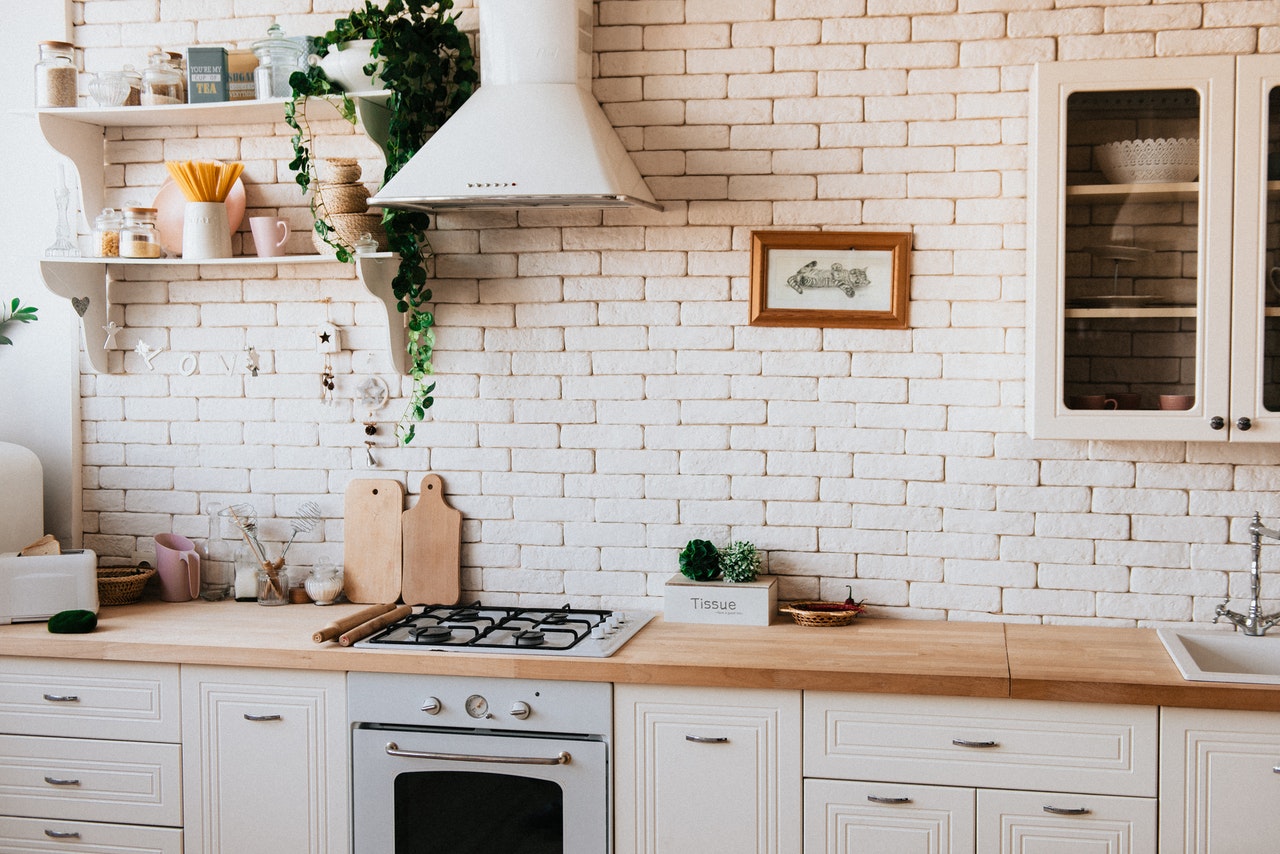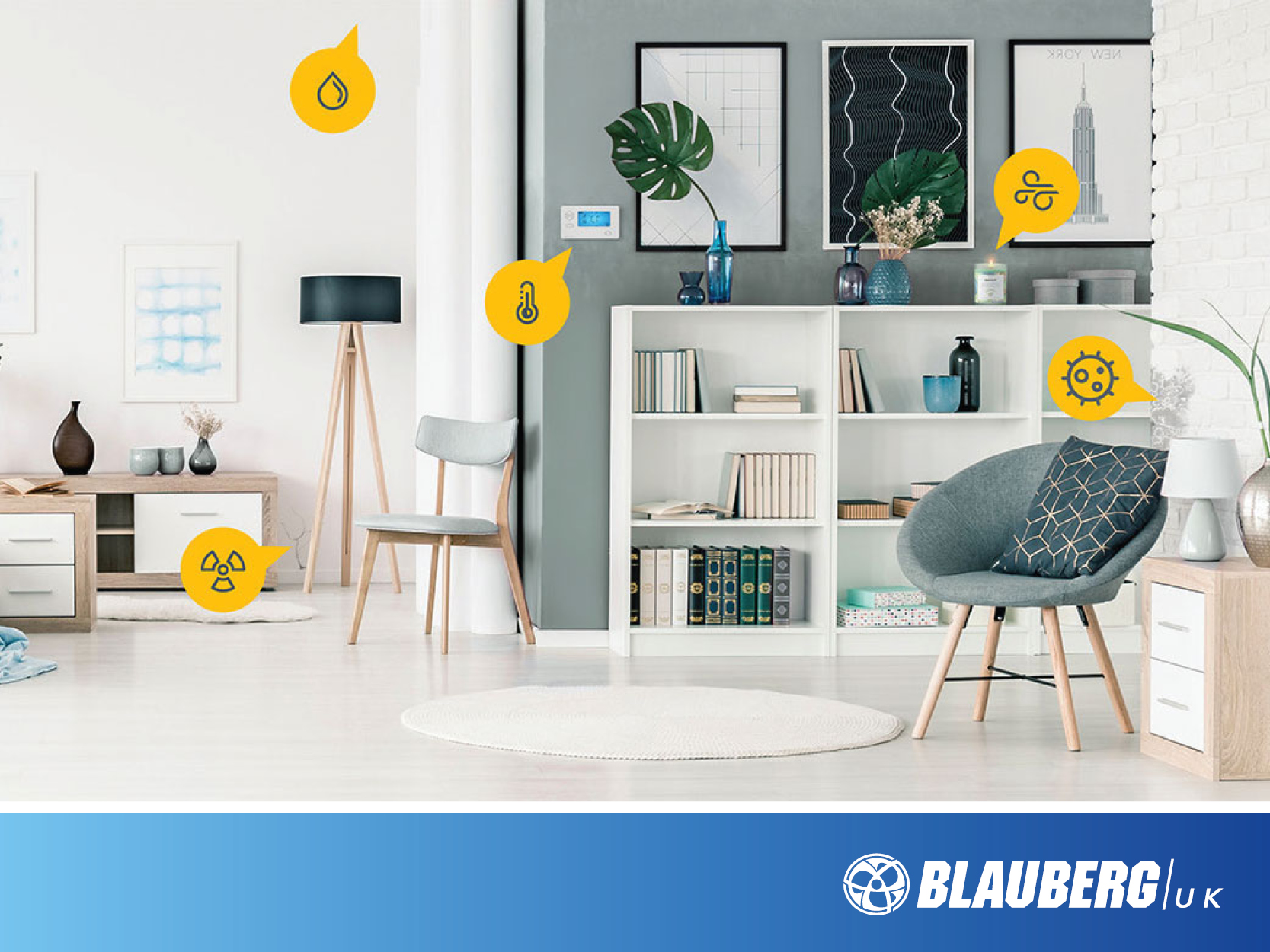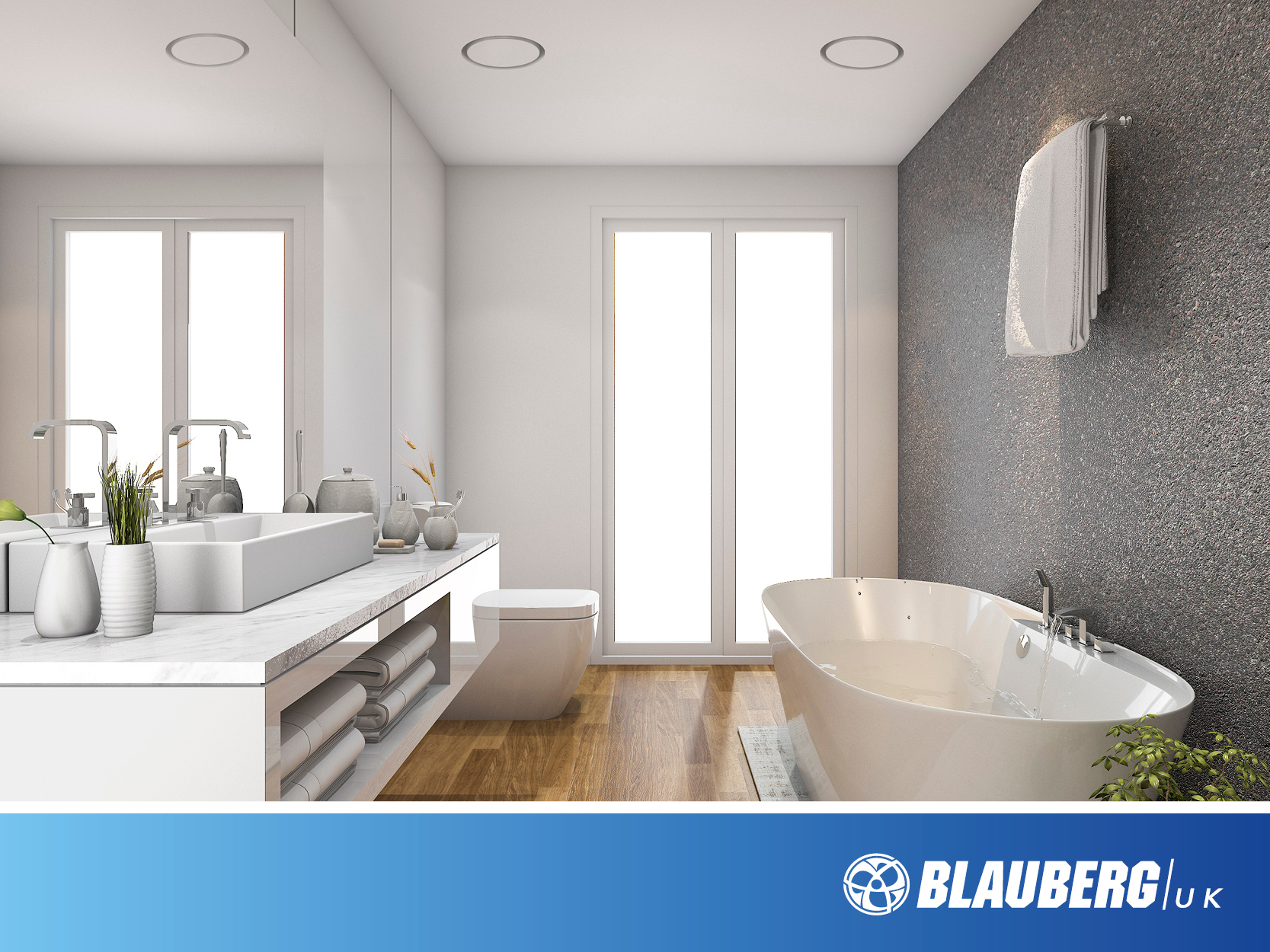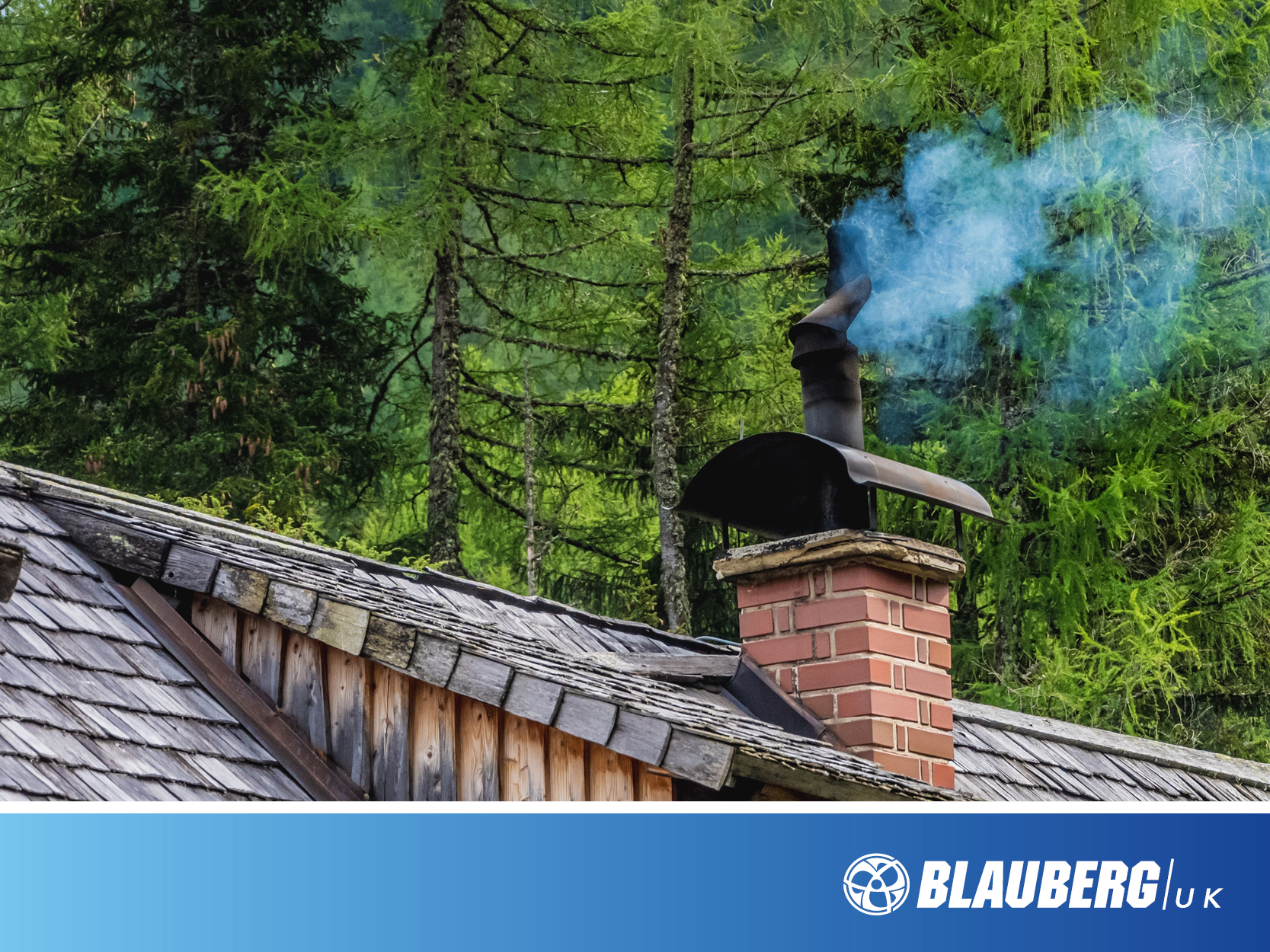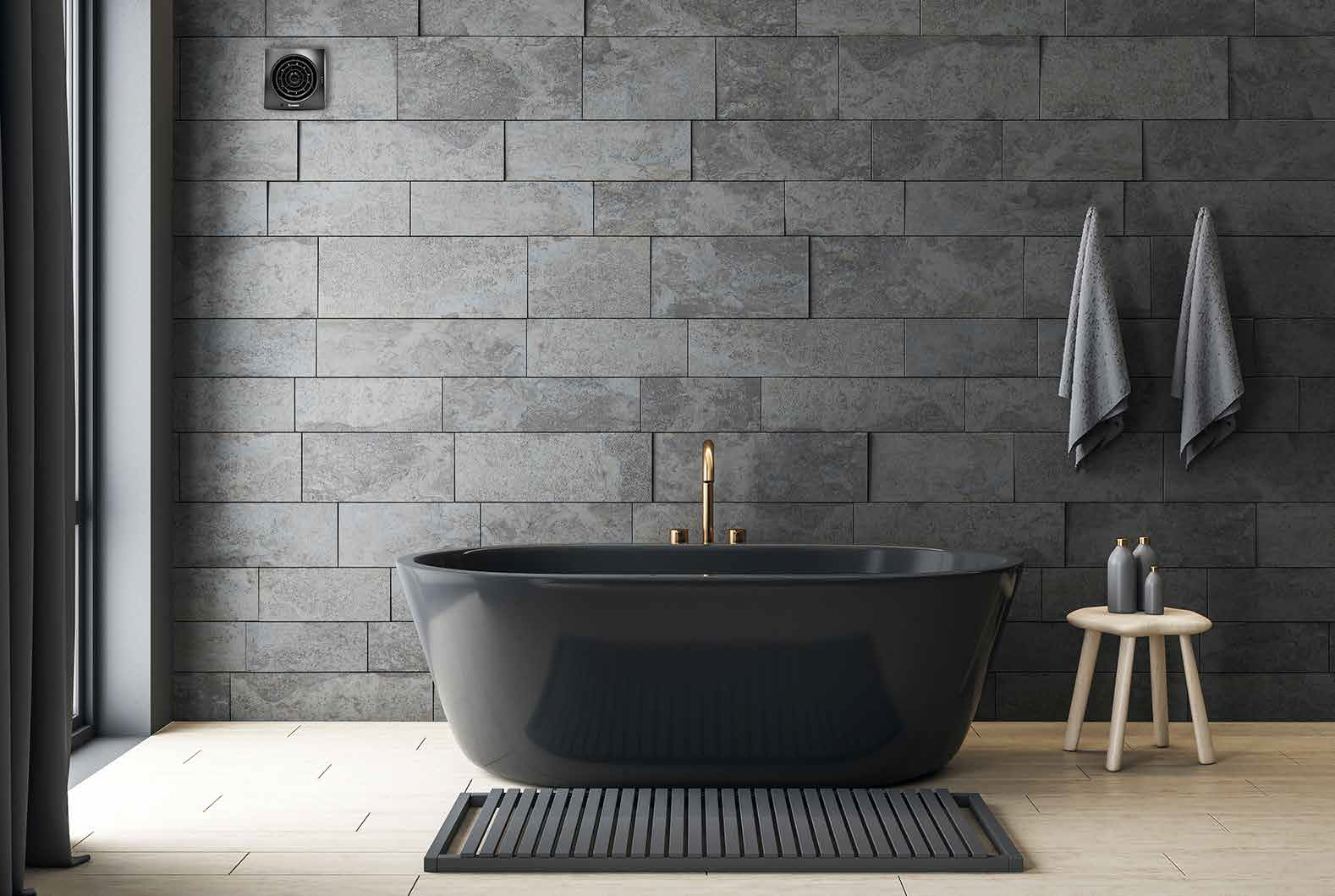The Purge of Ventilation
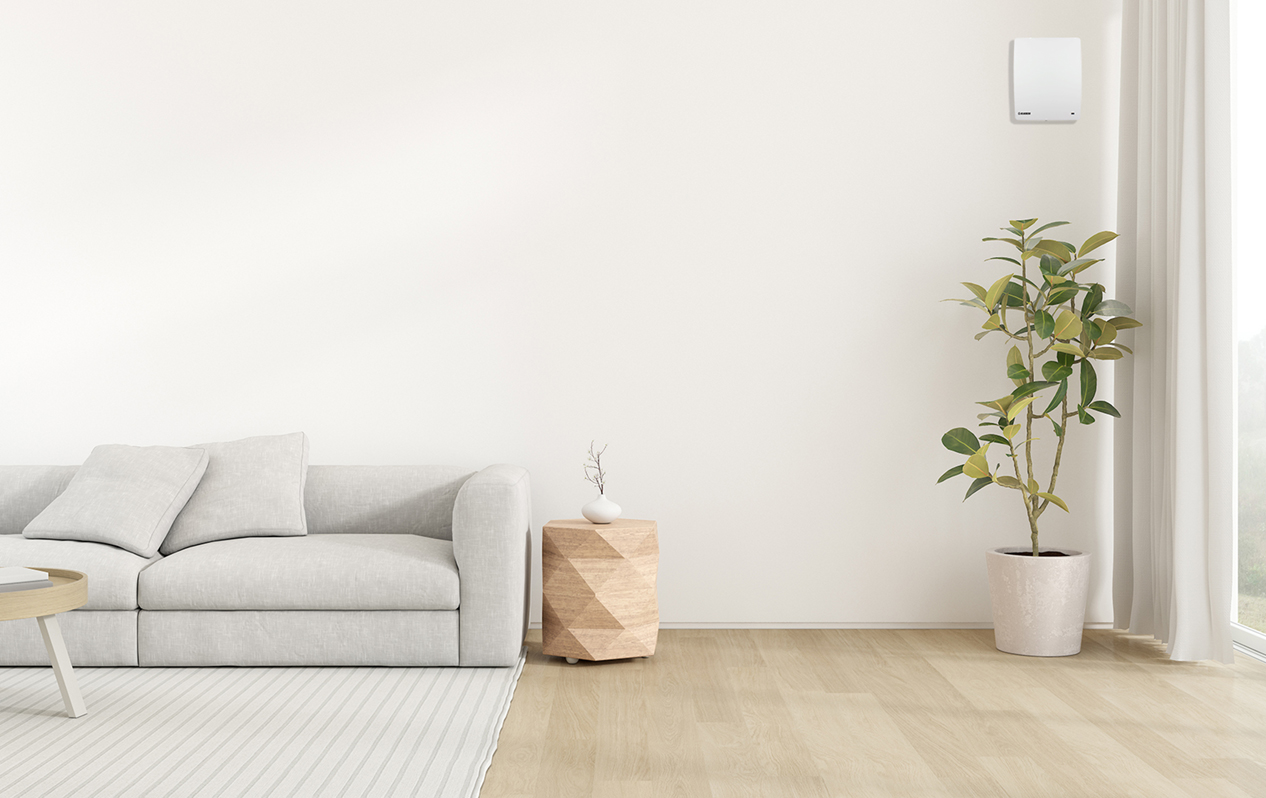

With Purge Ventilation now firmly part of UK Building Regulations Parts F & O, let's take a closer look.
The Future Homes Standard 2025 has now set the benchmark for architects and building designers to meet de-carbon levels and help deliver higher-performing homes.
From a ventilation perspective, the battle for professionals while striving to design higher performing homes is to ensure that damage is not made to the living environment.
Ventilation is now a primary consideration; not only to provide higher levels of air quality but also to control pollutant levels and reduce overheating.
The addition of Purge Ventilation into Part O within Building Regulations ensures these compromises are not made to buildings.
CIBSE TM59 also sets out clear guidelines for Energy Assessors and Consultants to assess overheating risks in homes.
What is Purge Ventilation & why do we need it?
Purge ventilation, also known as 'rapid' or 'boost' ventilation, allows occupants to introduce high levels of ventilation into a living space on demand. This temporary but effective method helps safeguard against overheating, condensation, odours, and various airborne contaminants, and should be used when required.
To meet Building Regulations, it is now required to provide ‘Purge Ventilation’ for each habitable room in a dwelling. This is in addition to a primary ventilation solution. A habitable room is: a bedroom, living room, or dining room. Not to be confused with a bathroom, kitchen, or utility room, that still requires compliance levels of ventilation!
So, it is important to understand that purge ventilation is added to, and supports a primary ventilation system and does not replace it. The combined solution helps provide balanced ventilation throughout the home.
How can purge ventilation be incorporated into a ventilation strategy?
There are two ways to provide Building Regulation compliant levels of purge ventilation.
- Openings (windows & doors).
- A separate mechanical extract system.

Natural Openings (windows & doors).
Choosing natural openings for purge ventilation might appear to be a straightforward option; however, each project presents its own set of challenges. Additionally, other aspects of building regulations also require consideration.
Although there is no ‘one-size-fits-all’ solution, utilising openings can be an excellent, energy-free choice for homeowners to purge a room of smells, condensation, airborne pollutants and excess heat.
What is a natural opening?
- External doors.
- Windows that will open.
How big do natural openings need to be?*
- Windows (small opening angle, 15-30 degrees): The opening should be 1/10 of your room’s floor area.
- Windows (large opening angle, over 30 degrees): The opening should be 1/20 of your room’s floor area.
- Other types, like sash windows or external doors, can also work.
- Not All Windows are Equal! Windows that barely open (less than 15 degrees) are not an adequate solution.
- Cannot be used for basements or ground floors.
Where can I use?
- First floor and above.
- Openings cannot be used on ground floors or basements.
How much air is required?
- Openings must provide a minimum of 4 air changes per hour.
- Sometimes, you might need to go beyond this basic requirement to meet standards (Building Regulation Part O) by providing higher levels of purge ventilation.
What about noise?
When considering the use of openings for purge ventilation, it’s important to take into account external noise levels.
It’s worth noting that while noise testing isn’t mandatory, adhering to the levels suggested in the following guidance helps to provide comfortable levels of background noise:
- In noise-sensitive areas like bedrooms and living rooms, sound levels should not exceed 30dB(A).
- In areas less sensitive to noise, such as kitchens and bathrooms, sound levels should not exceed 40dB(A).
Advantages of using natural openings for purge ventilation
Cost effective
Manual control
No additional energy required
No additional holes in walls/ceilings
No need for mechanical ventilators
Can be incorporated into windows
Disadvantages of using natural openings for purge ventilation
Drafts, cold spots & weather
High heat losses in colder months
External noise
Unfiltered air entering the room
No real control of air quality
Only realistic in warmer months
Cannot be used for ground floors or basements

What types of mechanical extract systems can be used?
- Intermittent Extractor Fans.
- Single room heat recovery fans with a ‘built-in’ purge option.
- Centralised, continually running ventilation. A whole-house Mechanical Extract Ventilation System (MEV).
- Decentralised, continually running ventilation. Room mounted Decentralised Mechanical Extract Ventilators (dMEV).
- A whole-house Mechanical Ventilation System with Heat Recovery (MVHR) with a ‘built-in’ purge option.
How much air is required?
- To optimise air quality, each room should have a mechanical extract system that achieves a minimum of 4 air changes per hour.
- In certain cases, to comply with standards (Building Regulation Part O), it may be necessary to exceed these fundamental criteria by offering enhanced levels of purge ventilation.

Single Room Heat Recovery Unit
Single-room heat recovery units (or alternate flow heat recovery fans) are a great solution if they have a built-in ‘purge ventilation’ option.
One Blauberg Vento Maxi Unit will provide compliant levels of purge ventilation for any habitable room up to 10 square meters.
Single Room Heat Recovery Units Provide
- Silent continual, filtered supply & extract ventilation with up to 95% energy & heat recovery.
- Purge (boost) ventilation that meets building regulation requirements.
- Automatic boosting to purge ventilation rate via the built-in humidity sensor.
- Manual boosting to purge ventilation rate via remote control, smartphone app, or BMS (building management control system).
Advantages of using single heat recovery units for purge ventilation
Complete control of environment
High levels of energy recovery
Silent operation
Forms part of your renewable energy solution
Filtration of fresh air
Can be used for ground floor rooms
Disadvantages of using single heat recovery units for purge ventilation
High initial cost
Can only be installed in external walls
Ventilators are required in each room

Whole-house Mechanical Ventilation System with Heat Recovery (MVHR)
The advantage of an MVHR type of system is that purge ventilation can be incorporated early into the design to provide a ‘one system fits all’ solution. For larger dwellings it reduces the amount of required purge ventilation.
Blauberg MVHR units have an additional ‘third’ speed that can provide a compliance level of purge ventilation:
- Trickle speed (30%) - Normal operation.
- Boost speed (70%) – Intermittent boosting of ventilation (manual or automatic), generally when cooking or using the bathroom.
- Purge speed (100%) – Designed to meet Purge Ventilation requirements (if suitably sized).
You will also gain full control of the rapid increase in air changes, on demand, either automatically, remotely or manually:
- Automatic boosting to purge ventilation rate via the built-in humidity sensor.
- Manual boosting to purge ventilation rate via LCD controller, smartphone app, or bms (building management control system).
Feel free to reach out to us if you need advice on design or a particular project
Advantages of using single heat recovery units for purge ventilation
Complete control of environment
High levels of energy recovery
Provides a whole house ventilation solution
Silent operation
Forms part of your renewable energy solution
Filtration of fresh air
Can be used for ground floor rooms and basements
Disadvantages of using single heat recovery units for purge ventilation
High initial cost
Ducting is required to every room
Regular filter changes
Installations challenges
Hard to retrofit

Intermittent Extractor Fans
When considering purge ventilation, there is a place for in-line intermittent extractor fans for some cases. They are generally used for more complex projects where more obvious solutions cannot meet building regulations.
When a designed MVHR system cannot meet purge ventilation requirements for a certain room. ie, a large basement, living room or living space. A separate ducted intermittent extractor can be installed.
Projects where internal rooms that don’t have opening windows and a ducted system is required.
The illustration here shows a Blauberg ISO RB EC 150 and how it would work within a typical drawing for a basement setting.


